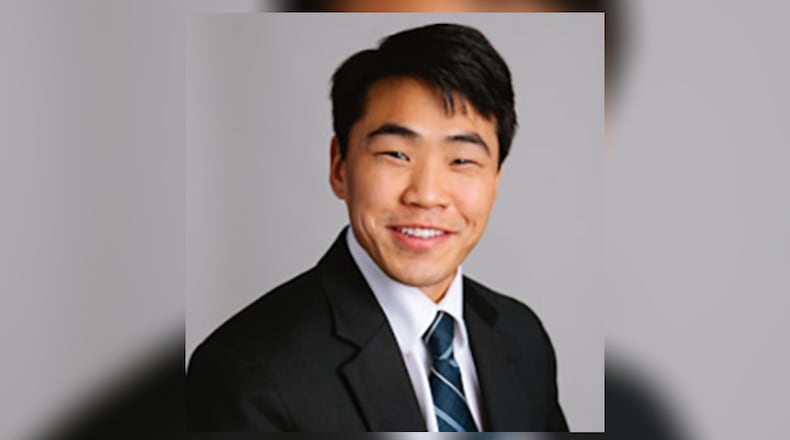Squandered out-of-school time is even more troubling in the aftermath of the pandemic, which has taken an incredible toll on disadvantaged students. They’ve suffered months of learning loss and increased mental-health challenges. In Dayton Public Schools, for example, just 19 percent of third graders passed their state reading exam in spring 2021. The results are just as worrisome in many other parts of the state. Using time wisely, including this summer, is essential to getting students back on track.
Thankfully, some help is on its way. Last year, Ohio lawmakers approved $125 million in spending that unlocks valuable extracurricular opportunities. Under the new program — which launched last month — low- and middle-income parents can open an Afterschool Childhood Enrichment (ACE) account that puts $500 directly into their pockets. These dollars can defray the costs of tutoring, field trips, private lessons, and afterschool or summer programs.
Ohio families may apply if they earn less than 300 percent of the federal poverty level ($79,500 for a family of four) and if they have children age six to eighteen attending public or private schools, or homeschooling. Funds are awarded on a first-come, first-serve basis until the dollars run out. Applications for accounts are currently being accepted.
This opportunity needs to be widely known and Dayton-area leaders should help to get the word out. The region’s afterschool and summer learning providers can also help parents searching for opportunities by participating in the program’s online marketplace.
The ACE program holds tremendous potential to meet the learning needs of Ohio students. To ensure its long-term success, state policymakers should pay attention to three issues.
First, Ohio needs to provide exceptional customer service to parents. They may have questions about which types of expenses are allowed or how to correctly document their spending. The state will need to clearly communicate program expectations and offer parents timely assistance.
Second, policymakers should work to safeguard the program’s integrity. The food stamp program, which operates much like ACE, has a reputation for solid quality control. Likewise, ACE needs to ensure the proper use of funds.
Third, Ohio legislators must find a sustainable source of funding to preserve or enlarge the program. At present, accounts are being funded via the massive COVID-relief packages. Starting in 2024, the legislature will need to set-aside state dollars to ensure that ACE continues.
Learning doesn’t stop the minute the dismissal bell rings. It’s great that many students already have resources to make good use of their out-of-school time. Now with extra help on tap, more students will also have opportunities to expand their horizons.
Aaron Churchill is the Ohio Research Director for the Thomas B. Fordham Institute, a non-profit think tank that promotes educational excellence.
About the Author
